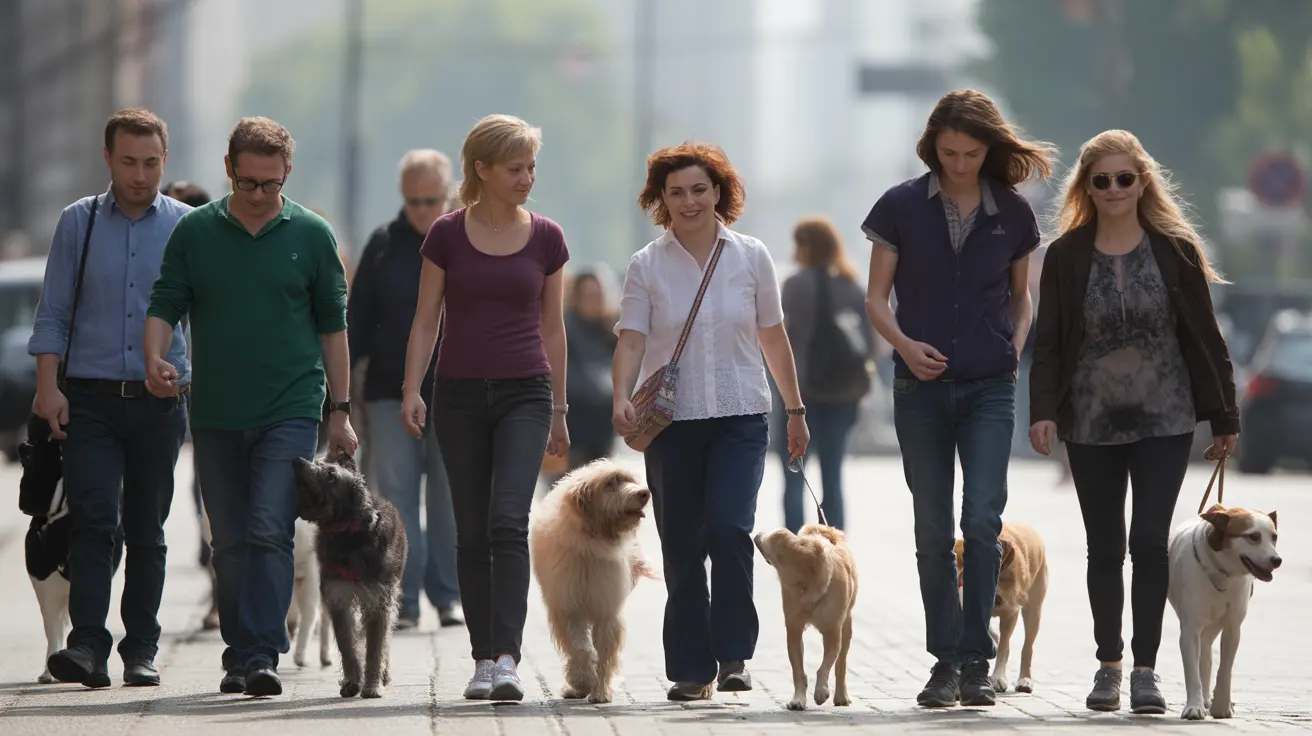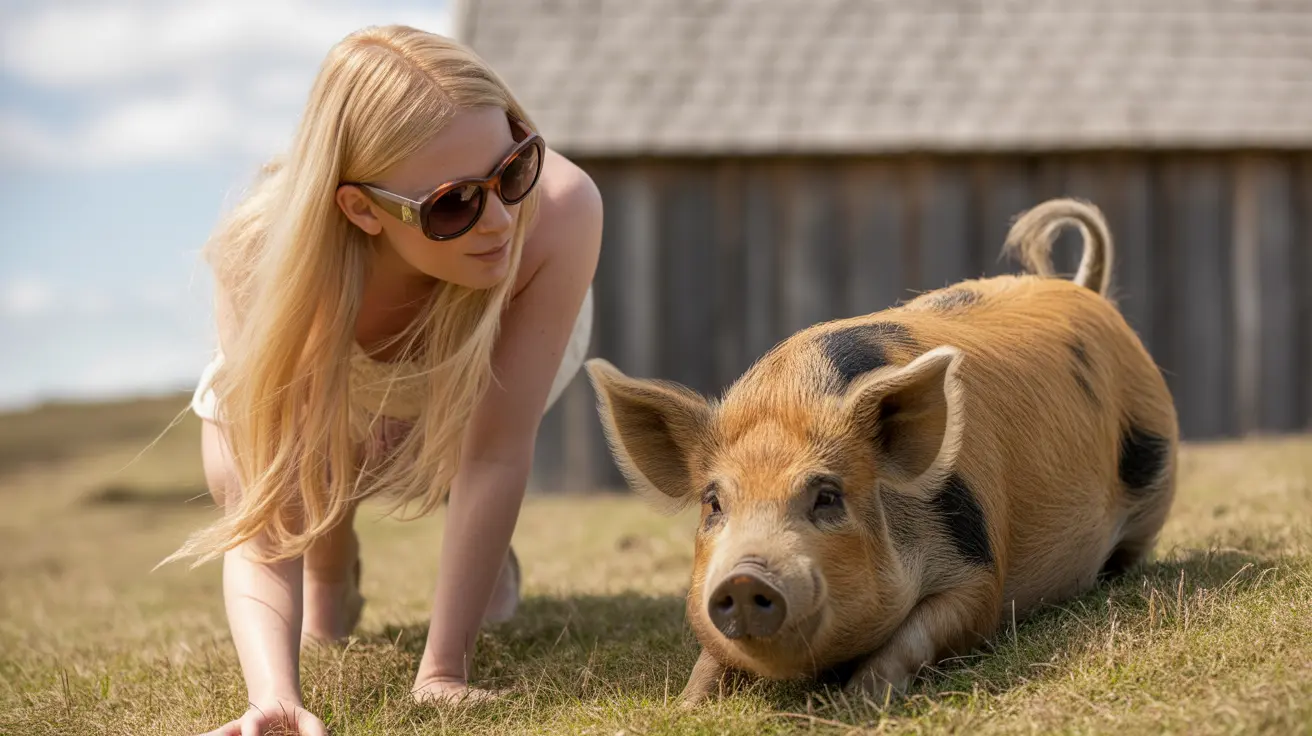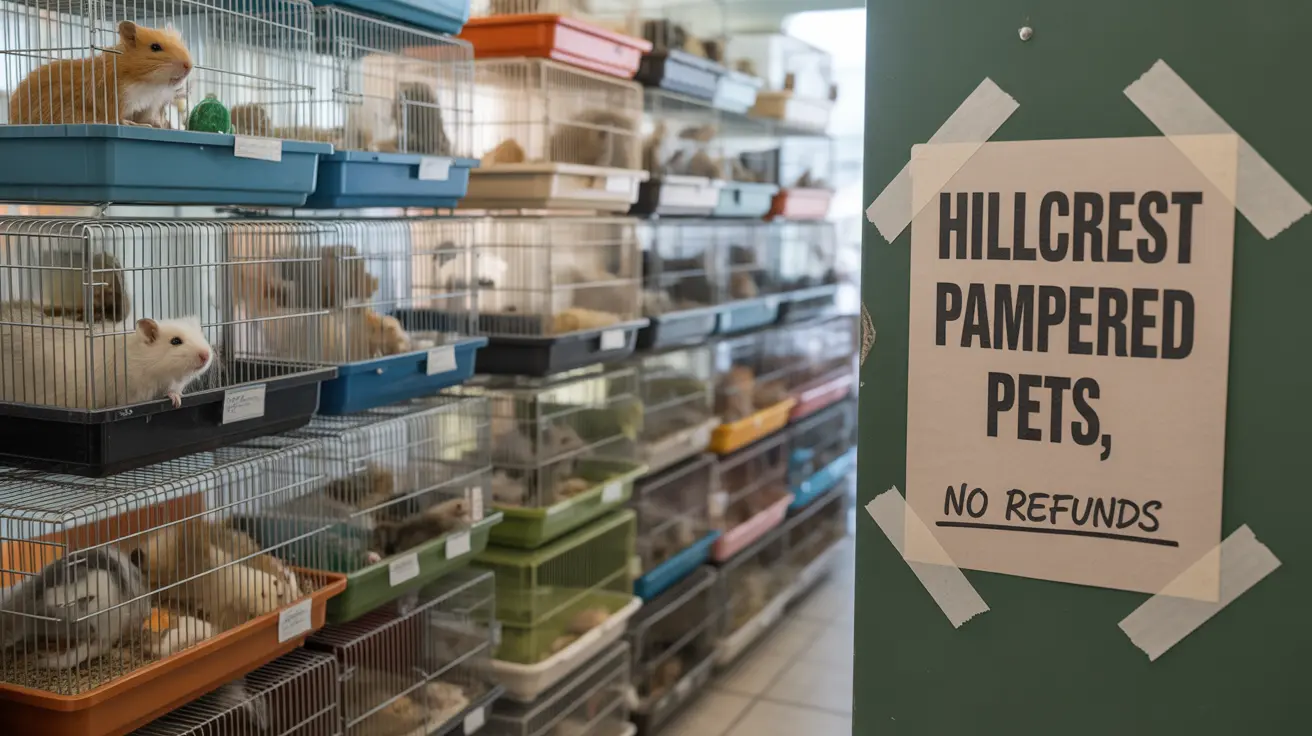Should You Take Your Dog to the Vet for Poison Ivy?
While poison ivy is a well-known hazard for humans, many pet owners wonder if it poses a similar threat to dogs. This article explores when veterinary care is necessary, how to recognize symptoms of exposure, and what you can do to treat and prevent poison ivy contact with your furry friend.
What Is Poison Ivy?
Poison ivy is a plant commonly found in most parts of North America, except Alaska, Hawaii, and some areas on the West Coast. It's identified by its three glossy, almond-shaped leaves and can grow as a bush or climb as a vine. The leaves turn green in the summer and red or orange in the fall. Poison ivy, along with poison oak and poison sumac, produces an oil called urushiol, which triggers allergic reactions upon contact.
How Does Urushiol Affect Dogs?
Dogs are generally less sensitive to urushiol than humans, thanks to their protective fur. However, dogs with short or thin coats, hairless breeds, or dogs who frequently brush up against vegetation are more susceptible. Areas like the snout, belly, and groin, which are less protected, are most at risk.
Symptoms of Poison Ivy in Dogs
- Redness and swelling
- Itching and excessive licking
- Rashes or red bumps
- Blisters
- Diarrhea, vomiting, or nausea (if ingested)
- Loss of appetite or abdominal pain
- Salivation
- In rare cases, difficulty breathing or anaphylactic shock
When to Take Your Dog to the Vet
It's essential to know when your dog's symptoms require medical attention. Here are the situations warranting a trip to the vet:
- Persistent or worsening symptoms that don’t improve with basic home care
- Ingestion of poison ivy, which can lead to gastrointestinal problems or toxic reactions
- Excessive licking or scratching, which could lead to secondary skin infections
- Signs of an allergic reaction like swelling of the face or limbs, difficulty breathing, or lethargy
Home Care for Mild Cases
If symptoms are mild and there is no ingestion, you can provide at-home care. Take the following steps:
- Wear protective gloves before handling your dog
- Bathe your dog thoroughly with a dog-safe shampoo, preferably oatmeal-based
- Clean all potential contaminated items—leashes, bedding, towels—with hot water and grease-cutting detergent
- Sanitize non-washable surfaces with rubbing alcohol and allow them to dry completely
- Prevent scratching using an Elizabethan collar if needed
Veterinary Treatments
If your vet confirms a poison ivy reaction, they may prescribe:
- Steroids to reduce inflammation
- Antibiotics if a secondary infection occurs
- Medicated shampoos or topical creams to alleviate itchiness
- Antihistamines, but only under professional supervision
Risks to Humans
Even if your dog appears unaffected, they can still carry urushiol on their fur. If you touch their coat and then your skin, you might develop a rash. To avoid this:
- Always wash your hands after petting or handling your dog post-walk
- Bathe pets if they’ve run through areas known for poison ivy
- Don’t burn brush that may contain poison ivy—inhaling urushiol is dangerous
Prevention Tips
- Keep your dog on a leash in wooded or unfamiliar areas
- Avoid trails overgrown with vegetation
- Learn to identify poison ivy—remember “leaves of three, let it be”
- Wipe down your dog with pet-safe wipes after hikes
Conclusion
While most dogs won’t experience severe reactions to poison ivy, it’s always better to err on the side of caution. If your dog shows signs of discomfort, ingestion, or persistent skin issues, consult your veterinarian. With the right precautions and hygiene practices, you can protect both your pet and yourself from this itchy invader.





